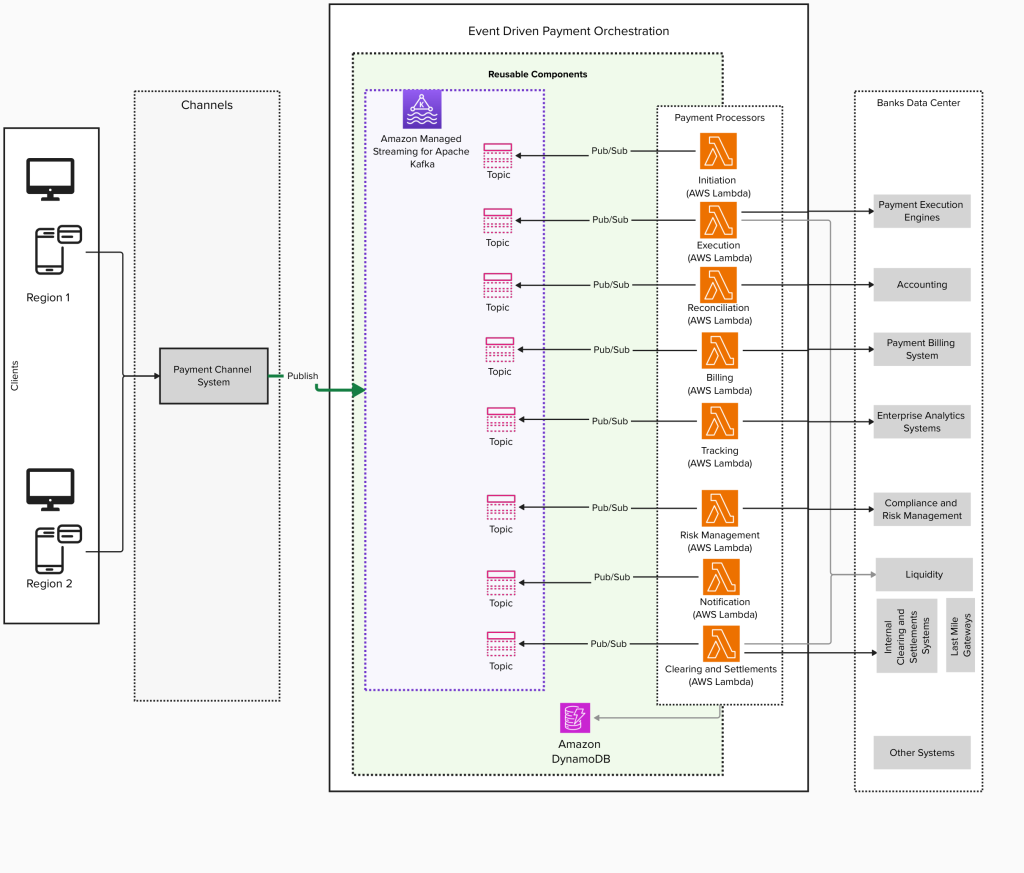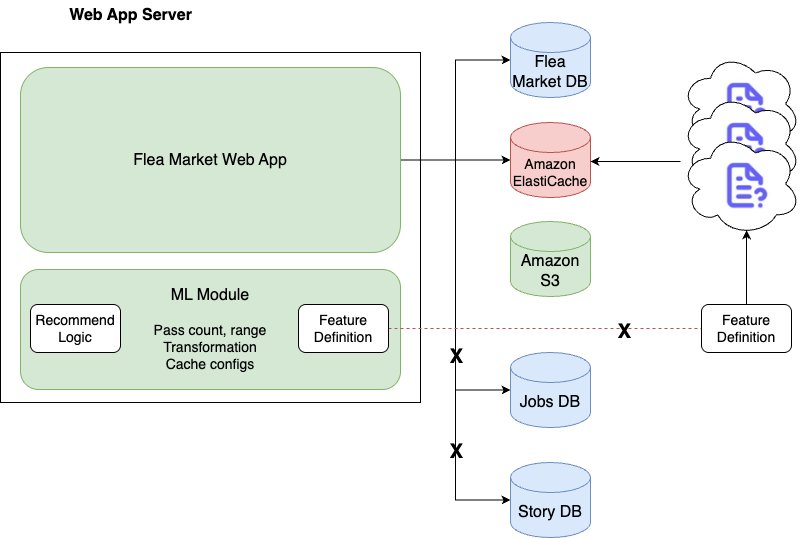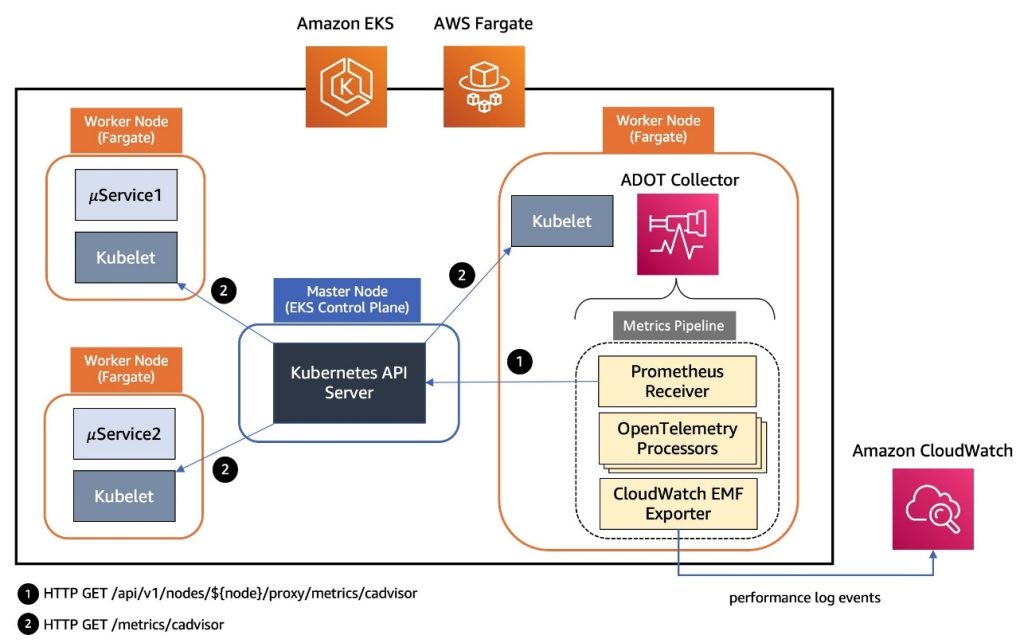AWS Architecture Blog
Category: Compute
BASF Digital Farming builds a STAC-based solution on Amazon EKS
This post was co-written with Frederic Haase and Julian Blau with BASF Digital Farming GmbH. At xarvio – BASF Digital Farming, our mission is to empower farmers around the world with cutting-edge digital agronomic decision-making tools. Central to this mission is our crop optimization platform, xarvio FIELD MANAGER, which delivers actionable insights through a range […]
Modernization of real-time payment orchestration on AWS
The global real-time payments market is experiencing significant growth. According to Fortune Business Insights, the market was valued at USD 24.91 billion in 2024 and is projected to grow to USD 284.49 billion by 2032, with a CAGR of 35.4%. Similarly, Grand View Research reports that the global mobile payment market, valued at USD 88.50 […]
A scalable, elastic database and search solution for 1B+ vectors built on LanceDB and Amazon S3
In this post, we explore how Metagenomi built a scalable database and search solution for over 1 billion protein vectors using LanceDB and Amazon S3. The solution enables rapid enzyme discovery by transforming proteins into vector embeddings and implementing a serverless architecture that combines AWS Lambda, AWS Step Functions, and Amazon S3 for efficient nearest neighbor searches.
How Karrot built a feature platform on AWS, Part 1: Motivation and feature serving
This two-part series shows how Karrot developed a new feature platform, which consists of three main components: feature serving, a stream ingestion pipeline, and a batch ingestion pipeline. This post starts by presenting our motivation, our requirements, and the solution architecture, focusing on feature serving.
How Karrot built a feature platform on AWS, Part 2: Feature ingestion
This two-part series shows how Karrot developed a new feature platform, which consists of three main components: feature serving, a stream ingestion pipeline, and a batch ingestion pipeline. This post covers the process of collecting features in real-time and batch ingestion into an online store, and the technical approaches for stable operation.
How Zapier runs isolated tasks on AWS Lambda and upgrades functions at scale
In this post, you’ll learn how Zapier has built their serverless architecture focusing on three key aspects: using Lambda functions to build isolated Zaps, operating over a hundred thousand Lambda functions through Zapier’s control plane infrastructure, and enhancing security posture while reducing maintenance efforts by introducing automated function upgrades and cleanup workflows into their platform architecture.
Implement monitoring for Amazon EKS with managed services
In this post, we show you how to implement comprehensive monitoring for Amazon Elastic Kubernetes Service (Amazon EKS) workloads using AWS managed services. This solution demonstrates building an EKS platform that combines flexible compute options with enterprise-grade observability using AWS native services and OpenTelemetry.
Migrate and modernize VMware workloads with AWS Transform for VMware
AWS Transform for VMware is a service that tackles cloud migration challenges by significantly reducing manual effort and accelerating the migration of critical VMware workloads to AWS Cloud. In this post, we highlight its comprehensive capabilities, including streamlined discovery and assessment, intelligent network conversion, enhanced security and compliance, and orchestrated migration execution.
How Launchpad from Pega enables secure SaaS extensibility with AWS Lambda
In this post, we share how Pegasystems (Pega) built Launchpad, its new SaaS development platform, to solve a core challenge in multi-tenant environments: enabling secure customer customization. By running tenant code in isolated environments with AWS Lambda, Launchpad offers its customers a secure, scalable foundation, eliminating the need for bespoke code customizations.
Improving platform resilience at Cash App
Cash App, a leading peer-to-peer payments and digital wallet service from Block, Inc., has implemented resilience improvements across the entire technology stack. In this post, we discuss how Cash App improved the resilience of its compute platform built on Amazon Elastic Kubernetes Service (Amazon EKS) by implementing a dual-cluster topology to reduce single points of failure. We also discuss how Cash App used AWS Fault Injection Service (AWS FIS) to conduct an Availability Zone power interruption scenario in non-production environments, preparing the platform team for real-world failures and ongoing









